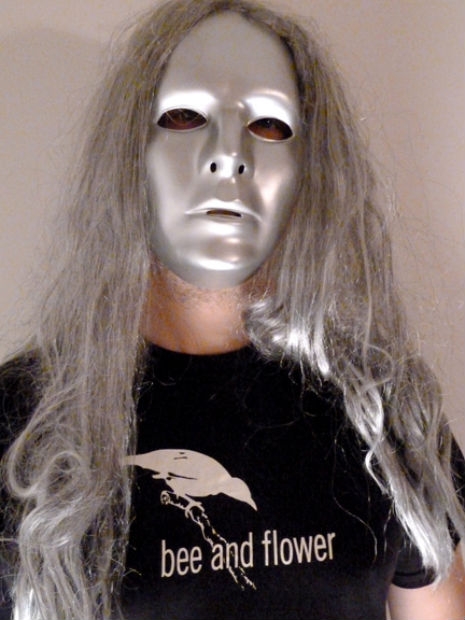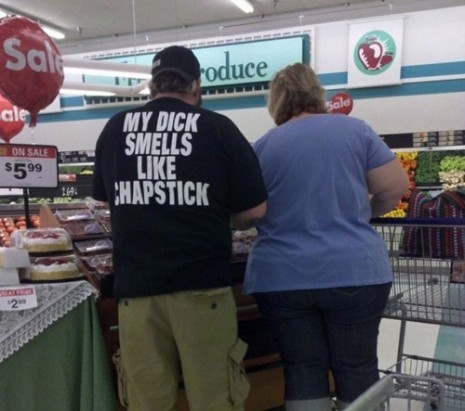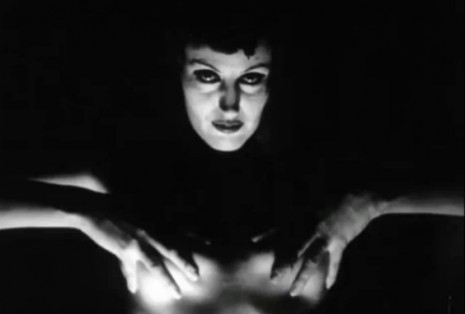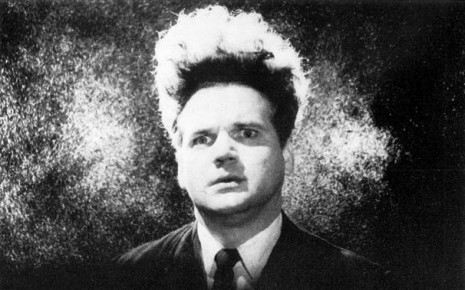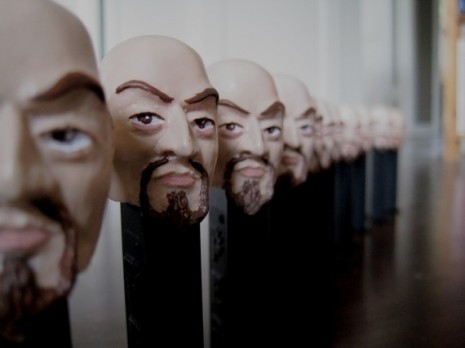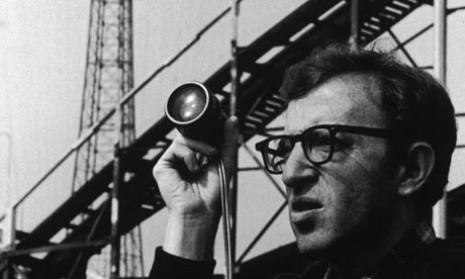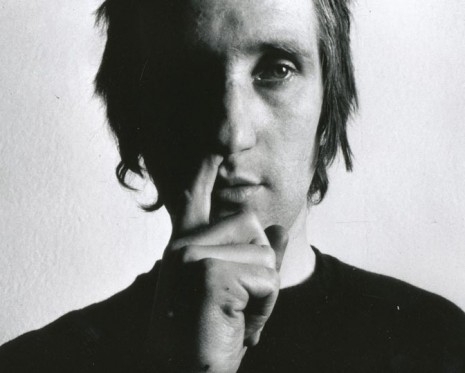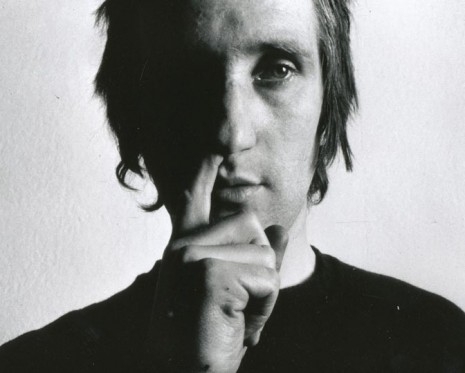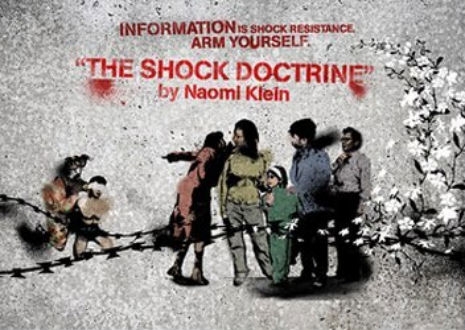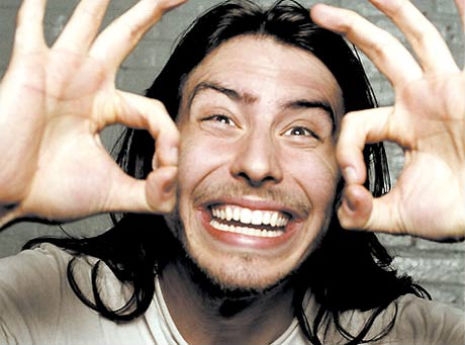
Regardless of what you think of his music, it can’t be denied that Andrew WK gives great interviews. In fact, I would go so far as to say that he is the most articulate, erudite Wayne Campbell look-a-like in modern music. Any guest spot he’s on is worth a watch, there’s generally at least one nugget of pure wisdom in there.
I remember growing up reading interviews with bands I though were seriously cool, and how the proclamations and sound bites they would deliver regarding culture and (sometimes) politics would make them seem even cooler. Only later did I learn how much editing and re-writing goes into the process of music journalism. Oh. So they probably made it up? Not Andrew WK. No, this is how he actually talks.
There’s a bit of controversy surrounding this guy (is he who he says he is? is he just a corporate puppet?) and I have to admit that at first I was suckered into thinking he was another airhead with nothing to offer but nosebleeds and puke buckets. But alas, I was wrong. This episode of Rehersal Space is a good introduction to the Andrew WK dichotomy (onstage animal/offstage intellectual). It really gets going around 4:30, when Andrew starts talking about the physical, emotional and mental (even psychic?!) response to pop music:
This interview is how I discovered the magic of Andrew WK’s mouth and mind. I’m a big fan of Ian Svenonius (frontman of Weird War/The Make Up/Nation of Ulysses, equally as articulate as W.K. if a bit more oblique) and his Soft Focus interview series. I had already watched the episodes with Genesis P Orridge, Henry Rollins and Ian Mackaye, and thought I would give this one a whirl. Needless to say I was entranced by the wit and wisdom of WK (as was Svenonius who, not quite speechless, was genuinely impressed). WK’s seemingly off the cuff answer to “what is a party to you?” at around 19 minutes will have you picking your jaw up off the floor.
After the jump: Andrew WK gets a make-over at Bloomingdales! Andrew WK talks to Lee Scratch Perry! Andrew WK interviewed by a four year old! AND Andrew WK gives the best one word response in an interview EVER…
Richard, if you ever get the chance to interview this guy, then please do!






